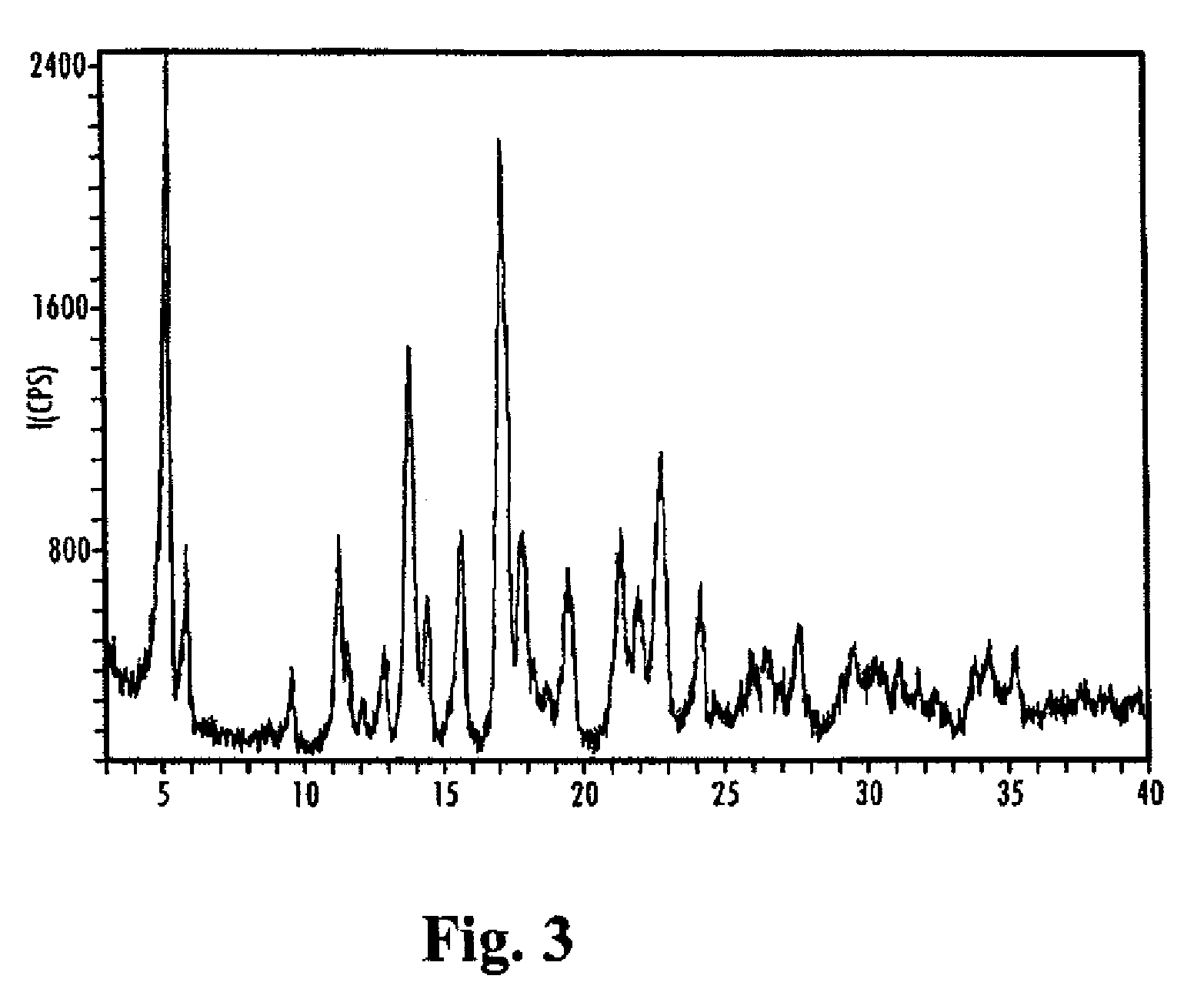Delivery Systems for Natural High-Potency Sweetener Compositions, Methods for Their Formulation, and Uses
a technology of sweetener composition and delivery system, which is applied in the field of delivery system of natural high-potency sweetener composition, methods for their formulation, and uses, and can solve the problems of high degree of segregation or uneven distribution, high-potency sweetener may not be completely soluble, and high-potency sweetener
- Summary
- Abstract
- Description
- Claims
- Application Information
AI Technical Summary
Benefits of technology
Problems solved by technology
Method used
Image
Examples
example set a
Example A1
Sugar Co-Crystallized Sweetener Composition
[0153]0.25% Rebaudioside A, 150.0 g sucrose, and 30.0 g water were mixed on a Dispermat. The solution was heated to 108° C. and an additional 10.0 g water was added after 13 minutes. The solution was removed from the heat, seeded with 0.3 g rebaudioside A and 5.0 g sucrose dry-mixed together. The mixture was removed from the Dispermat and transferred to a Hobart mixer for further mixing (approximately 2 minutes). The resulting product was a sugar co-crystallized rebaudioside A composition.
example a2
Agglomerated Sweetener Composition
[0154]A rebaudioside A / dextrose agglomerate was prepared using maltodextrin as the binder. 1500 g of Rebaudioside A was dissolved in 30.0 kg of water-ethanol (1:1 by weight). 600 g of maltodextrin was dissolved separately in 10.0 kg of water. The two solutions were combined and heated to 40° C. 20.0 kg of dextrose was charged into a removable bowl of a batch fluid bed agglomeration unit. The dextrose was fluidized and heated to 40° C. by adjusting the inlet air temperature of the agglomeration unit to between 70° C. and 75° C. The rebaudioside A / maltodextrin solution was sprayed onto the fluidized dextrose at a spray rate of 200 mL / min. The atomization air pressure was maintained at 2.5 bar.
example a3
Spheroid Sweetener Composition
[0155]Rebaudioside A (80 wt %), water (15 wt %), and polyvinylpyrollidone (5 wt %) were manually mixed and kneaded. The mixture was extruded using a low pressure extruder with a 0.8 mm die (model DC-L1, LCI). The extrudates were spheronized in a marumerizer (model QJ-400, LCI) for 30 seconds, resulting in good spheres with no clubs. These spheres were dried in a fluid bed dryer at 50° C. The spheres did not disintegrate in the dryer and remained intact following shipment. The moisture content of the spherical particles was 5.1%, as measured by Karl Fischer titration. The dissolution rate of the particles was: 670 ppm in 20° C. water in 1.5 minutes. A rebaudioside A assay showed that the rebaudioside A survived the process with minimal formation of degradants.
PUM
| Property | Measurement | Unit |
|---|---|---|
| Temperature | aaaaa | aaaaa |
| Fraction | aaaaa | aaaaa |
| Fraction | aaaaa | aaaaa |
Abstract
Description
Claims
Application Information
 Login to View More
Login to View More - R&D
- Intellectual Property
- Life Sciences
- Materials
- Tech Scout
- Unparalleled Data Quality
- Higher Quality Content
- 60% Fewer Hallucinations
Browse by: Latest US Patents, China's latest patents, Technical Efficacy Thesaurus, Application Domain, Technology Topic, Popular Technical Reports.
© 2025 PatSnap. All rights reserved.Legal|Privacy policy|Modern Slavery Act Transparency Statement|Sitemap|About US| Contact US: help@patsnap.com



